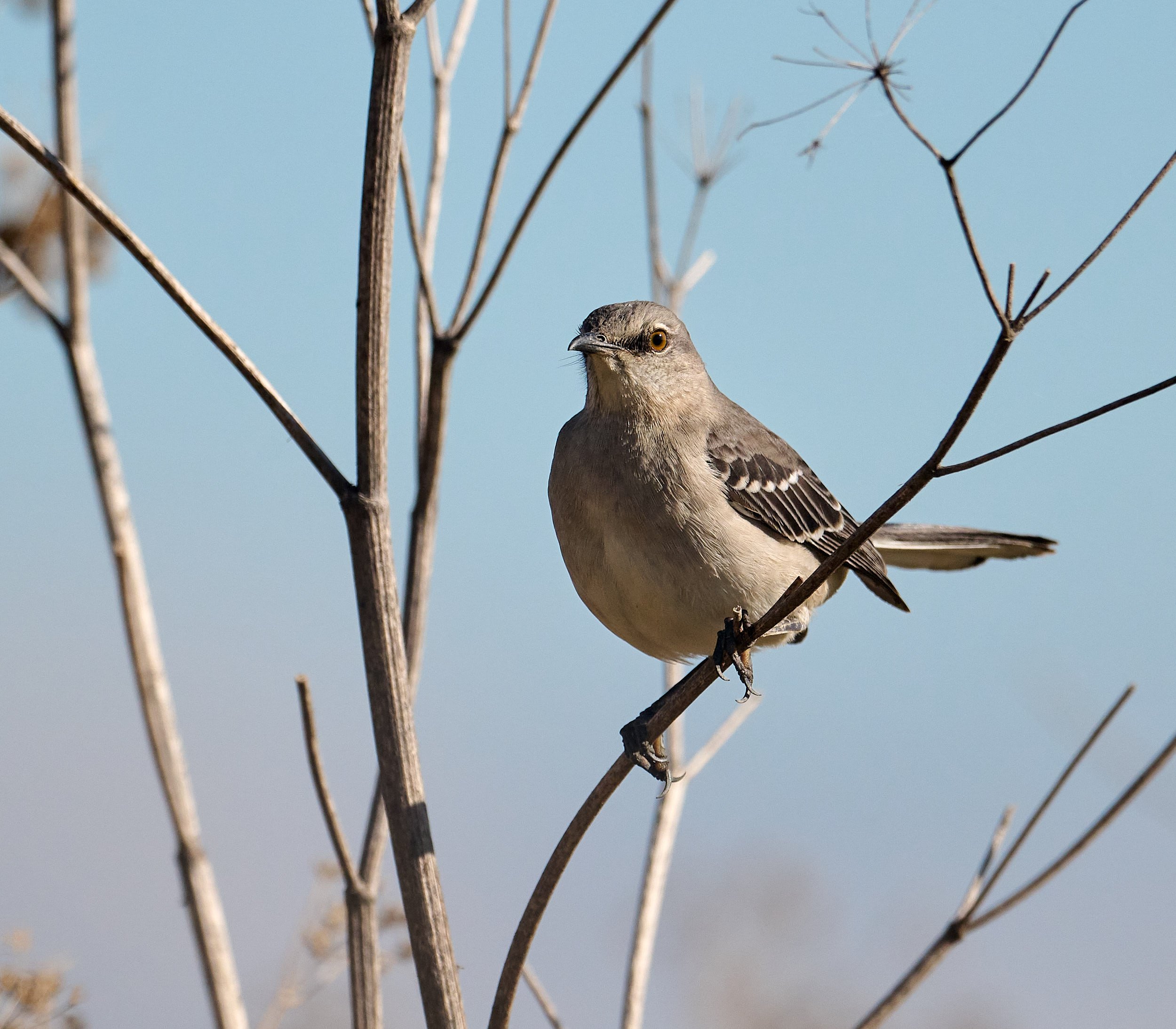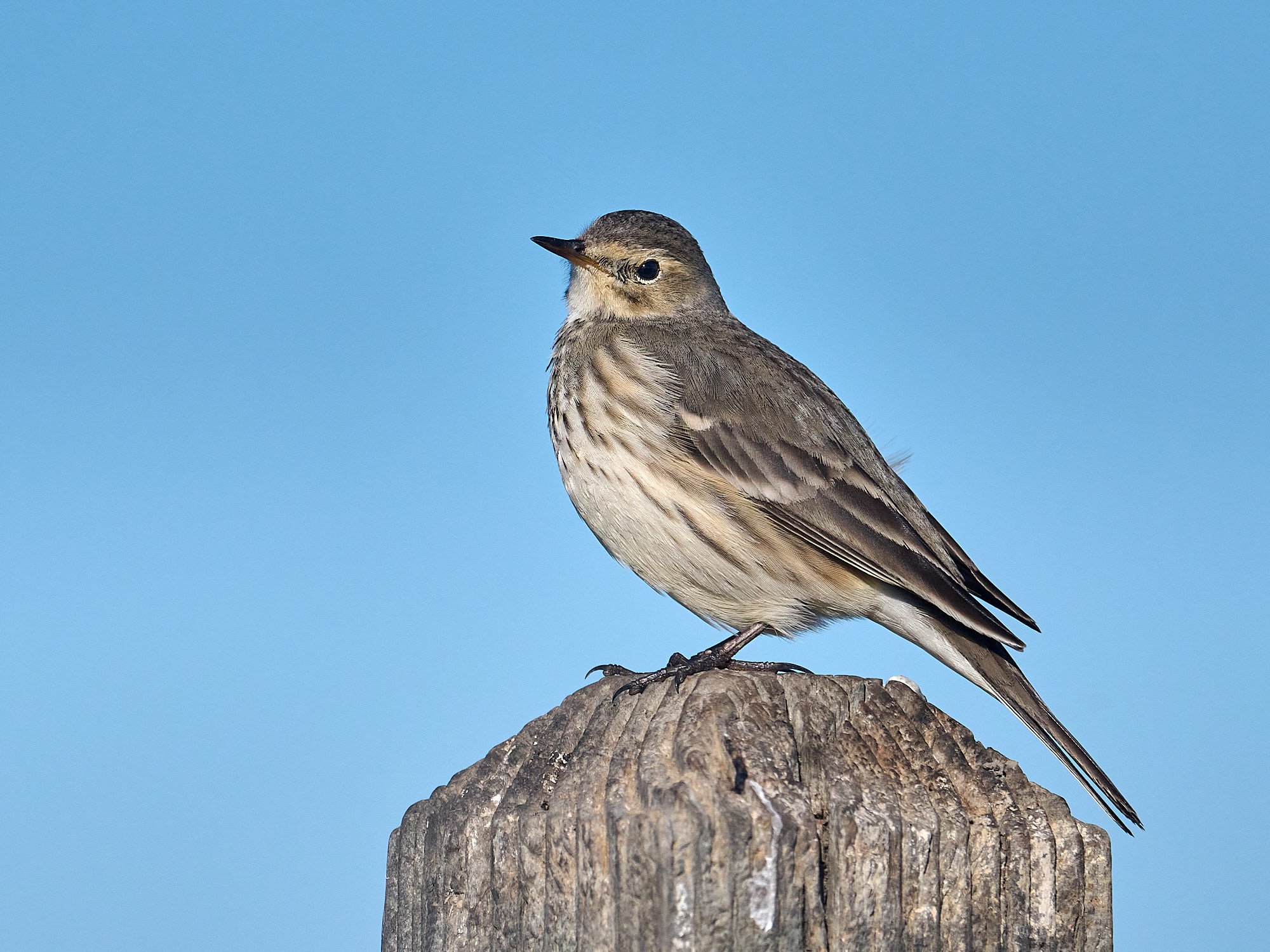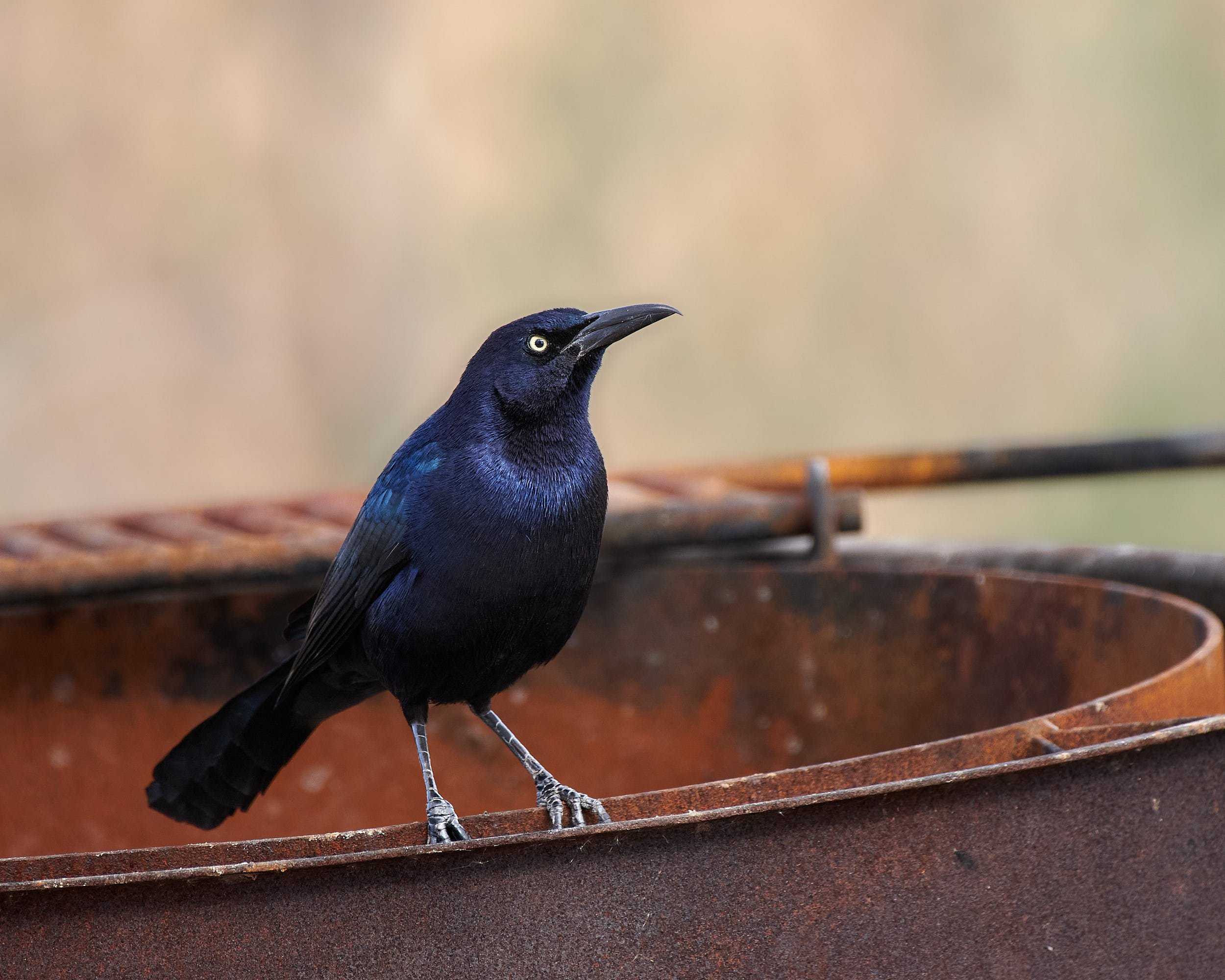Land Birds:
Songbirds
Passerines are the perching birds -- technically members of the order Passeriformes. Birds in this order are characterized by having four toes, three directed forward and one backward, all joining the foot at the same level.
Roughly 60 percent of all bird species are passerines, but only about 40 percent of the families. Thus, this order makes up an extremely large fraction of bird diversity, and the families within it have a disproportionately high average number of species. Both facts indicate the great success of the passerine way of life: not only have a great many passerine species evolved, but the existence of so many similar species within families suggests a relatively low rate of extinctions, a high rate of speciation, or both.
Within the Passeriformes, two suborders which differ in the structure of the vocal apparatus are usually recognized: the Oscines and the Suboscines. Only one of eighteen passerine families represented in North America are Suboscines: the Tyrannidae (tyrant flycatchers -- flycatchers, kingbirds, phoebes, etc.).
The Oscines, divided into about 70 families, are the "songbirds." This is the group of birds in which singing is most highly developed. The calls of some birds in other groups are quite musical, but it is in the Oscines that we perceive songs to reach their full beauty and complexity. (From: Paul R. Ehrlich, Stanford.)

Flycatchers, Kingbirds, Pewees, Phoebes, Wood-Pewees

Shrikes, Vireos, Larks

Bushtit, Chickadees, Titmice, Verdin

Nuthatches, Brown Creeper, Wrens

Bluebirds, Dippers, Gnatcatchers, Kinglets, Robins, Thrushes, Old World Warblers, Wrentit

Catbirds, Mockingbirds, Thrashers, Starlings, Mynas

Wagtails, Pipits, Silky-Flycatchers, Waxwings

Parulas, Redstarts, Wood-Warblers, Waterthrushes

Bananaquit, Cardinaline Buntings, Cardinals, Dickcissel, Grosbeaks, Tanagers

Emberizine Sparrows

Emberizine Sparrow Allies: Buntings, Juncos, Longspurs, Towhees

Blackbirds, Bobolink, Cowbirds, Grackles, Meadowlarks, Orioles
